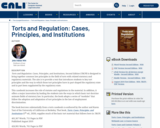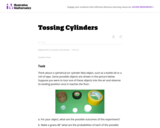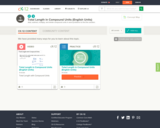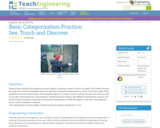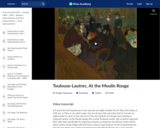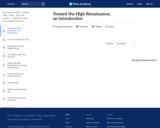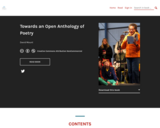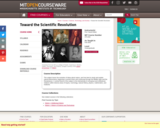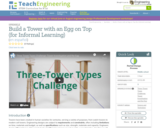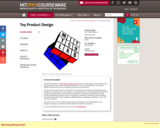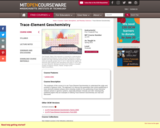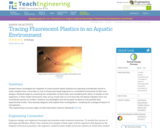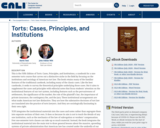
This is the fourth edition of Torts: Cases, Principles, and Institutions, a casebook for a one-semester torts course that carves out a distinctive niche in the field by focusing on the institutions and sociology of American tort law. The book retains many of the familiar features of the traditional casebook, including many of the classic cases. Like the best casebooks, it seeks to survey the theoretical principles underlying those cases. But it aims to supplement the cases and principles with editorial notes that focus students’ attention on the institutional features of our tort system, including features such as the pervasiveness of settlements, the significance of the market, the role of the plaintiff's bar, the importance of private insurance, the contingency fee, and the jury. These institutional arrangements are what make American tort law distinctive. They are how the substantive doctrines of tort law are translated into the practice of torts lawyers. And they are sociologically fascinating in their own right.
TCPI integrates the institutional materials into the cases and notes rather than segregate them into separate sections of their own. It does so because its aim is not to teach the details of any one institution, such as the mechanics of the law of subrogation or workers’ compensation. Few one-semester torts classes can take up so much material. Instead, the book integrates the institutional material into the main text to draw general lessons about the massive, sprawling systems of private administration that American law has created under the umbrella of our torts system.
- Subject:
- Law
- Material Type:
- Textbook
- Provider:
- The Center for Computer Assisted Legal Instruction (CALI)
- Provider Set:
- The eLangdell Bookstore
- Author:
- John Fabian Witt
- Date Added:
- 07/07/2021

